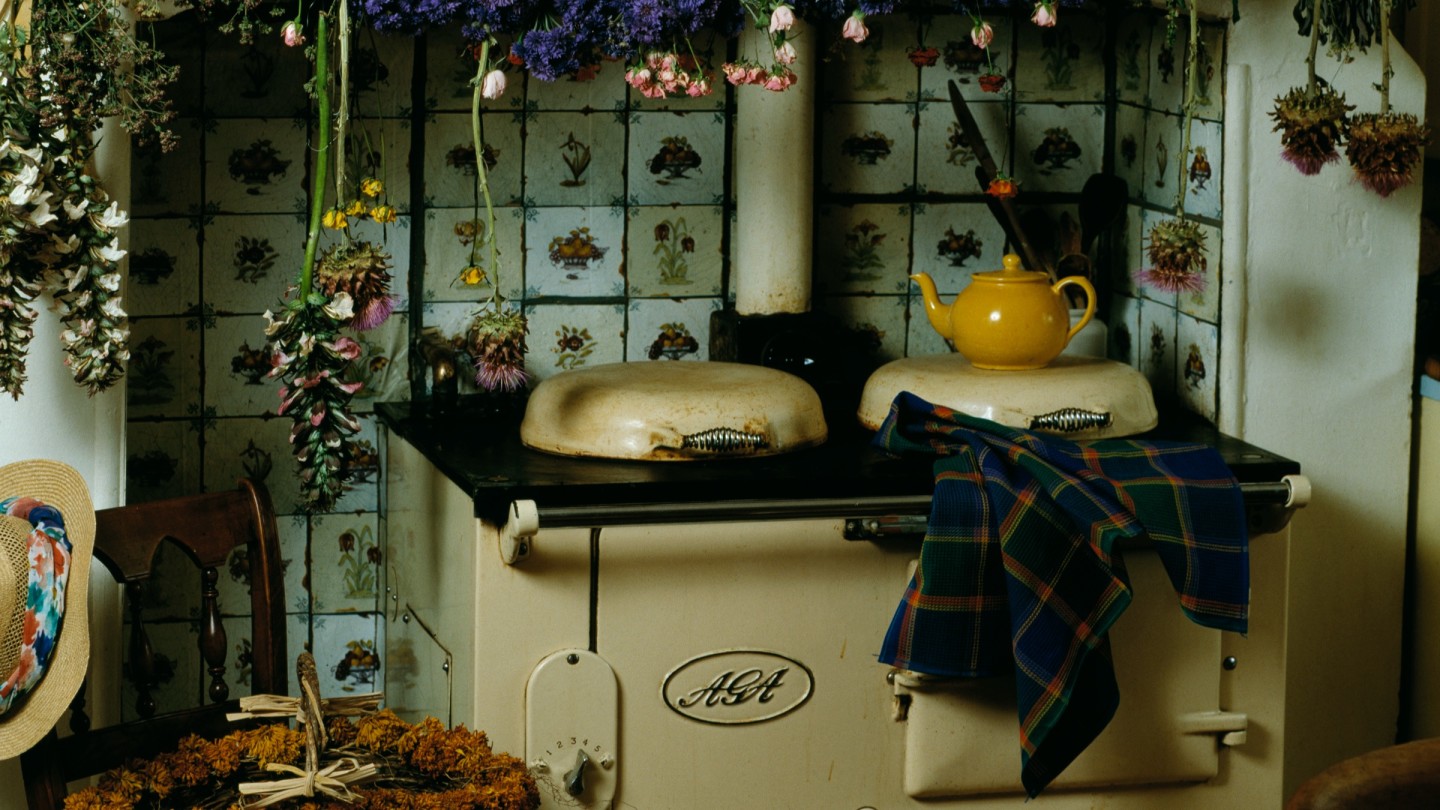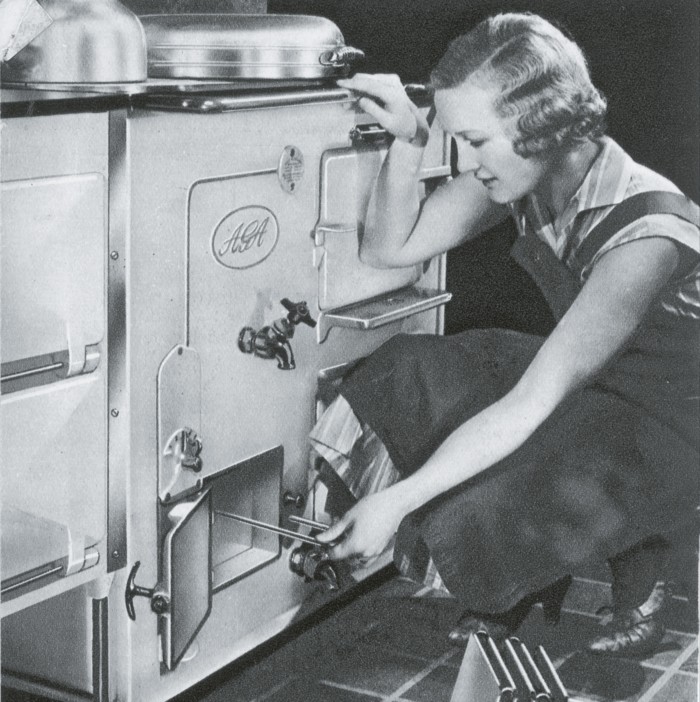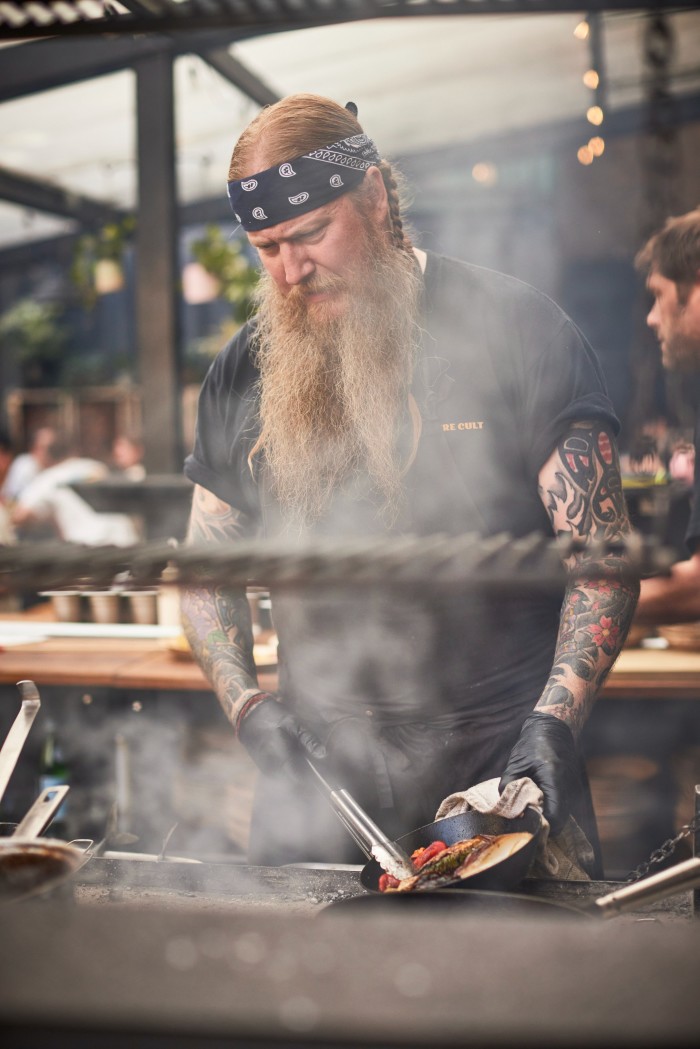Why I’m ditching the Aga for the BBQ this Christmas

Roula Khalaf, Editor of the FT, selects her favourite stories in this weekly newsletter.
When my parents left London for Somerset, an Aga was part of their countryside dream. They soon discovered this wasn’t all it was cracked up to be. Agas are expensive to run: a four-oven model can cost more than £5,000 a year in electricity bills, and around £2,800 annually for models fueled by gas or oil. They are also less reliable than a standard oven. Maintaining a constant temperature is tricky once you start opening doors and using hotplates. One minute you’re at risk of incinerating everything, the next it’ll take hours for the roast potatoes to crisp.

The Aga-owning community is a proud one. Facebook’s “I love my Aga!” group has 19.5k members and counting. Aficionados love their ovens for many different reasons, and many of these don’t include much cooking. Aga marketing manager Kathryn Lowe’s hacks include cooking “no-fat fried eggs” on Bake-O-Glide sheets, drying children’s paintings beside the range and opening stubborn jars (place them lid down on the simmering plate). Richard Gladwin, half of the Local & Wild Restaurant Group, loves making Aga toast between two metal racks. HTSI editorial coordinator Clara Baldock dries out homemade tagliatelle on the cooker’s silver handlebar. But in the face of a cost of living crisis, demand for always-on cookers is falling. By the end of last year, Aga sales were down from £154.53mn to £144.58mn. And there are even reports of Aga owners struggling to sell their homes. “We recently passed [on] two lovely houses because their kitchens had Agas,” said one Reddit user.
Rather like York Minster Refectory chef Andrew Pern, who inherited a 1950s Aga with his Yorkshire farmhouse, I remain less enamoured of the Aga’s quirks. Like him I see them as “a full-on incinerator or a lukewarm nothingness”. Hence, this winter, we are trying another festive culinary experiment and cooking the Christmas dinner on the barbecue: beef fillet with roast potatoes, sprouts and carrots. The recipe is tried and tested – my stepdad is as fastidious as he is experimental – and involves searing the meat on a plancha before closing the grill until it’s cooked (in our case that’s rare). Likewise, the potatoes: as with regular roast potatoes, you boil them, season them and grill them in a pan for up to 50 minutes. Chuck in your vegetables while the meat rests; and the pudding goes in the microwave.

Maurizio Locatelli, who cooks across the resorts within Sardinia’s Costa Smeralda, says he regularly works with a barbecue at Christmas: one of his favourite recipes is prawns with salmoriglio (a herby southern Italian condiment). Dishoom’s Rishi Anand even prefers barbecued potatoes to roasted ones because the smoke “adds flavour and depth”. For Tashas culinary director Jill Okkers, barbecuing is part of her South African roots. “Lighting the ‘braai’ and cooking outside is almost a ceremonial act in South Africa,” she says of her spatchcock chicken and whole-fish festive centrepieces. “You can prepare everything upfront and there’s hardly any washing up.” Adds Acme Fire Cult co-founder Andrew Clarke: “Barbecue is not a season, it’s a method of cooking. You can gather around the fire with a hot drink and cook Christmas dinner for the family.”
My stepdad, who still tolerates his Aga, has become fond of his frosty barbecue sessions. He uses it all through the year. In rainy weather someone will be on umbrella duty. In cold snaps we’ll wear hats, slippers and scarves. We are yet to barbecue in the snow – frankly that might be a dealbreaker – but in most cases, any weather goes. The best part is that our barbecue isn’t even high-tech. All you need is a small Weber gas model with a side table and stand. Move over Francis Mallmann.

Comments